Ocean Iron Fertilization:
A part in the solution to climate change?
Click on the dots to learn more
The ocean, which covers more than 70% of our planet, may be able to help. In a few key parts of the ocean, biological activity is limited by a lack of iron in seawater. Adding iron could, therefore, help spur growth of phytoplankton and increase both the uptake of carbon dioxide by the ocean and the amount that gets sequestered at depth.
Science needs to lead the way, by providing the greatest possible insight into both the intended and unintended consequences, as well as the long-term effectiveness of adding iron to the ocean.
The decisions we make today will shape the future of generations to come.
What is our plan?
The purpose of the ExOIS consortium is to resolve the impact of enhanced iron fertilization on marine ecosystems and its potential for removal of atmospheric carbon dioxide.
We are in a climate crisis. There is international agreement that to limit warming to 2°C we need both climate mitigation (emissions reduction) and intervention (Carbon Dioxide Removal- CDR) in order to achieve “net negative emissions.”
We believe that enhancing the ocean’s natural biological carbon pump may be a responsible way to help control increases in atmospheric carbon dioxide. We are encouraged by analyses of natural and deliberate ocean iron fertilization (OIF) field experiments that have demonstrated low deployment costs and high global capacity of OIF, up to Gt CO2/yr scales, and even higher if a wider range of settings are considered.
However there remain many uncertainties about the ecological consequences, the efficiencies and permanence of enhanced carbon sequestration, and whether it is a practical approach to provide quantifiable climatic benefits.
Read more
Our guiding principles
-
Promoting collective benefit
-
Establishing responsibility and liability
-
Open and cooperative research
-
Iterative evaluation and assessment
-
Public involvement
Who We Are
Steering Committee
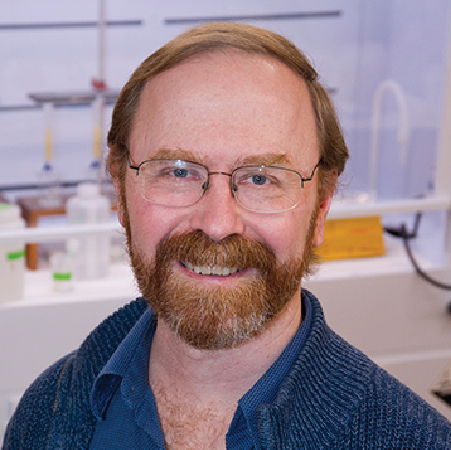
Ken Buesseler
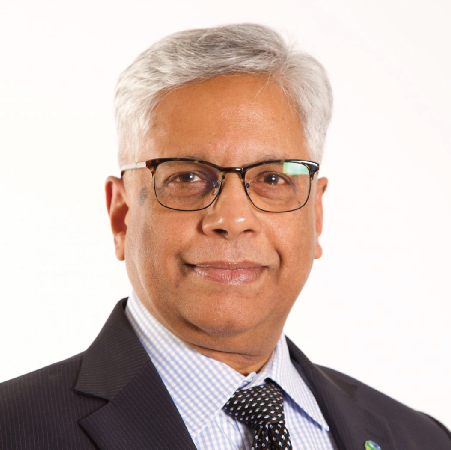
Kilaparti Ramakrishna

Joo-Eun Yoon
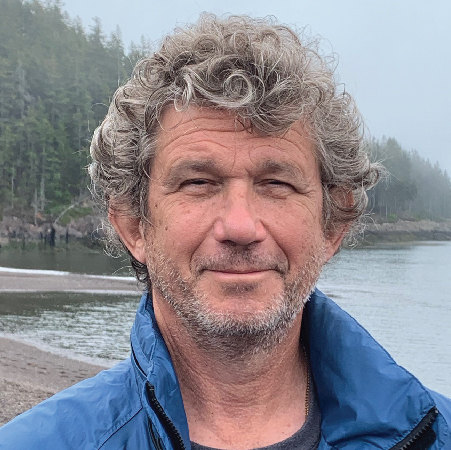
Mark Wells
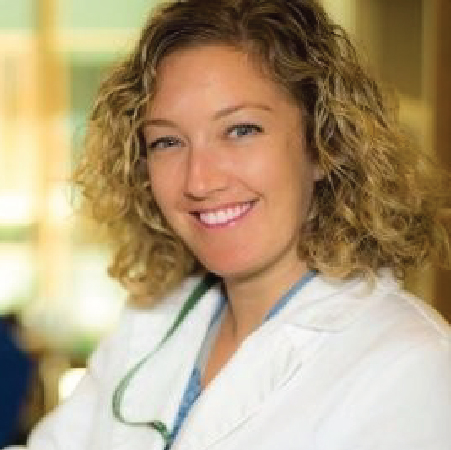
Sarah Smith
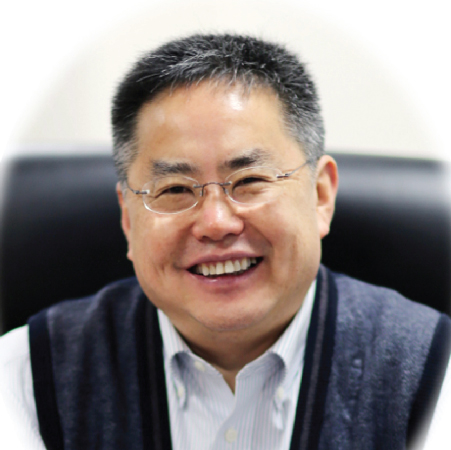

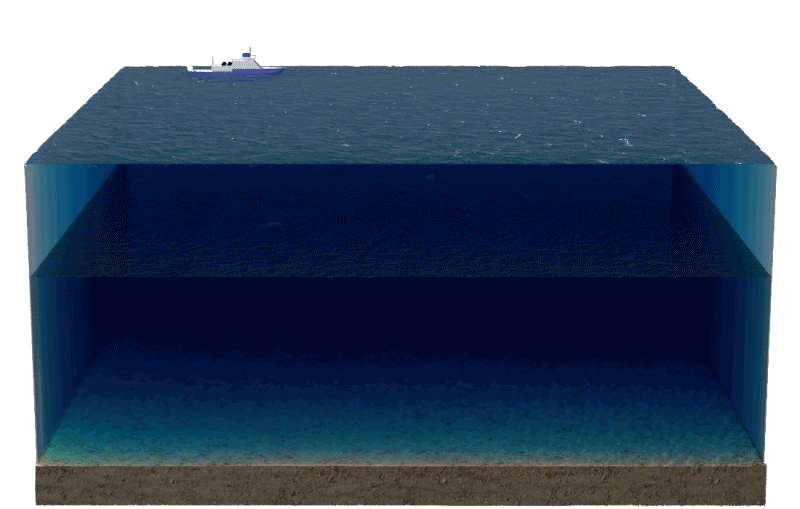
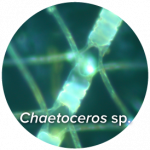
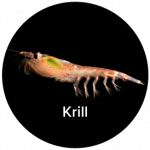 The bloom of phytoplankton serves as food for zooplankton, such as krill, which feed other animals higher on the food chain.
The bloom of phytoplankton serves as food for zooplankton, such as krill, which feed other animals higher on the food chain.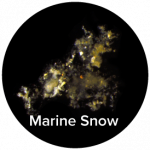 Particles made up of dead plankton and fecal pellets form larger clumps of carbon-rich material called marine snow that slowly sink into the deep ocean.
Particles made up of dead plankton and fecal pellets form larger clumps of carbon-rich material called marine snow that slowly sink into the deep ocean.